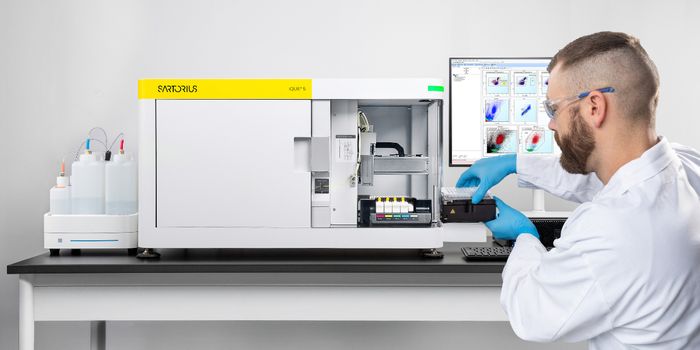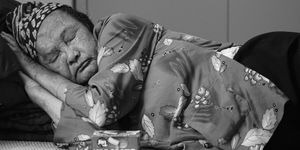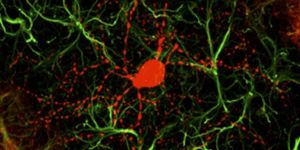A Strain of a Common Gut Microbe Can Promote Colorectal Cancer
The microbes in our gastrointestinal tract carry their own genomes and can produce and secrete molecules that have an effect on our health. Scientists have now learned that a common gut microbe can trigger genetic mutations that cause cancer. The findings have been reported in Nature.
Many of the microbes in our gut microbiome have a beneficial impact on our health; they can help us digest food and absorb nutrients, but other microorganisms in the gut can be harmful. There are different strains of a well-known gut bacterium, Escherichia coli. One E. coli strain can generate a small molecule called colibactin, which is genotoxic or harmful to DNA in human cells. It's long been thought that genotoxic E. coli reside in the guts of one in five adults, and are causing health problems for their hosts.
"There are probiotics currently on the market that contain genotoxic strains of E. coli. Some of these probiotics are also used in clinical trials as we speak," explained Hans Clevers of the Hubrecht Institute. "These E. coli strains should be critically re-evaluated in the lab. Though they may provide relief for some bodily discomfort in the short term, these probiotics could lead to cancer decades after the treatment."
Some mutations in the genome can encourage the growth of cancer. Environmental influences like UV light or toxin exposure can trigger some of these mutations, but this work has shown that gut microbes can cause some of the same mutations.
In this study, the researchers used a three-dimensional cell culture model of intestinal cells to examine the impact of genotoxic E. coli. They exposed the intestinal organoids to the bacteria for five months, then used DNA sequencing to assess the new genetic mutations in the cells. The genotoxic E. coli induced patterns of mutations, like signatures in the DNA, which can also be seen from other toxins like tobacco smoke.
"These signatures can have great value in determining causes of cancer and may even direct treatment strategies," explained Ruben van Boxtel of the Princess Máxima Center for pediatric oncology. "We can identify such mutational footprints in several forms of cancer, also in pediatric cancer. This time we wondered if the genotoxic bacteria also leave their unique distinguishing mark in the DNA."
"I remember the excitement when the first signatures appeared on the computer screen," said Axel Rosendahl Huber, "we had hoped for some indication of a signature that we could follow up on in other experiments, but the patterns were more striking than any signature we had analyzed before."
The scientists found that colibactin can bind to two adenine bases of DNA, and crosslink them. "While we were at the final stage of the project, different research teams identified the structure of colibactin and how it interacts with the DNA," noted Cayetano Pleguezuelos-Manzano. "It was like a puzzle falling into place. The mutational patterns that we saw in our experiments could very well be explained by colibactin's chemical structure."
After identifying the footprint of the genotoxic E. coli the scientists looked for it in DNA take from tumors. "More than five percent of colorectal cancer had high levels of the footprint, while we only saw it in less than 0.1 percent of all other cancers," said Jens Puschhof, "Imagine studying a gut bacterium's footprint for months in a dish, and then finding back the same footprint in the DNA of patients."
This work opens up the possibility that people can be screened for genotoxic E. coli, and that antibiotics could be used to eliminate the harmful bacteria, which may help prevent cancerous tumors from forming.
Sources: AAAS/Eurekalert! via Hubrecht Institute, Nature









